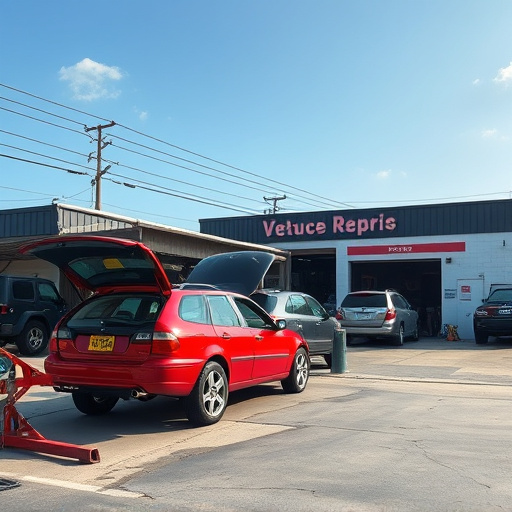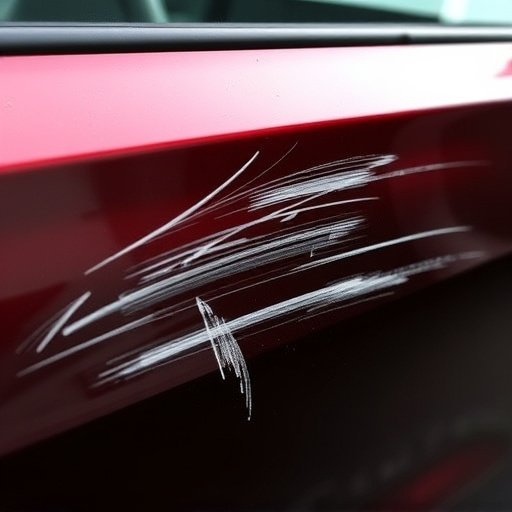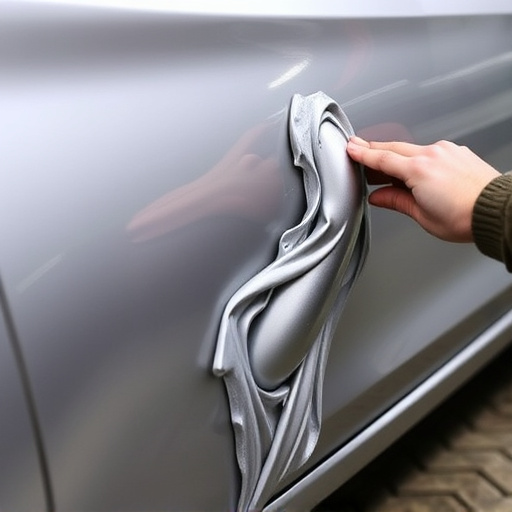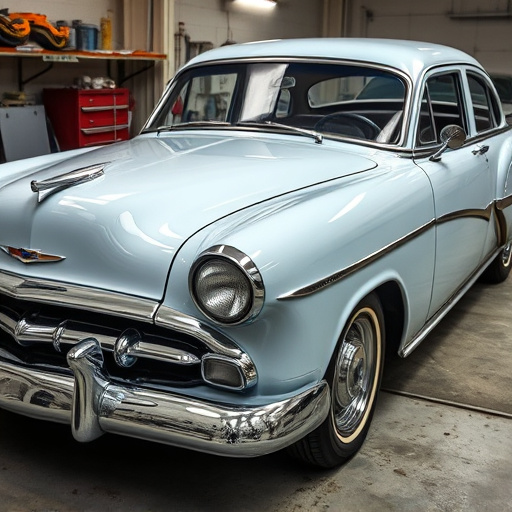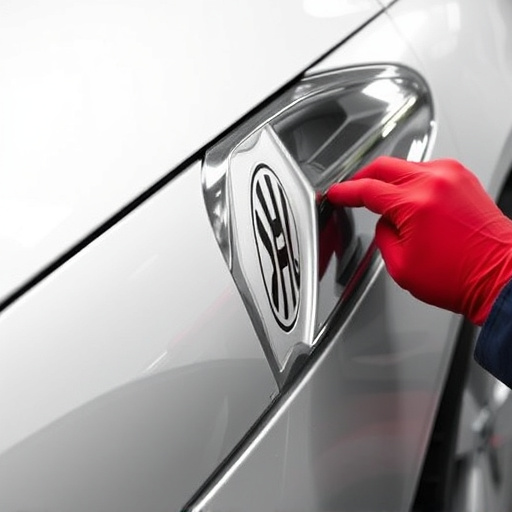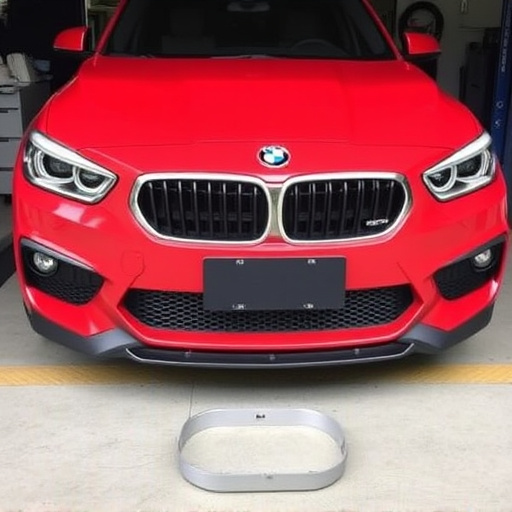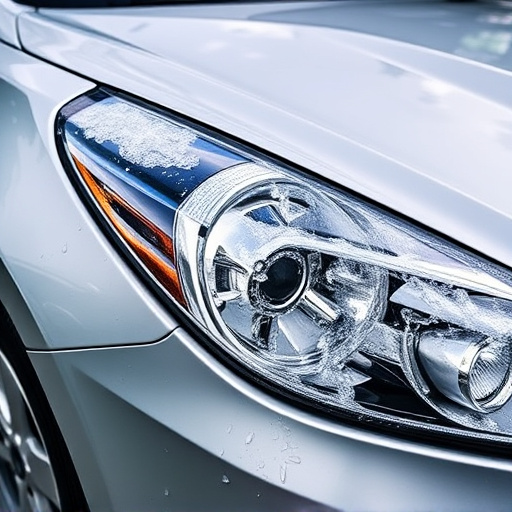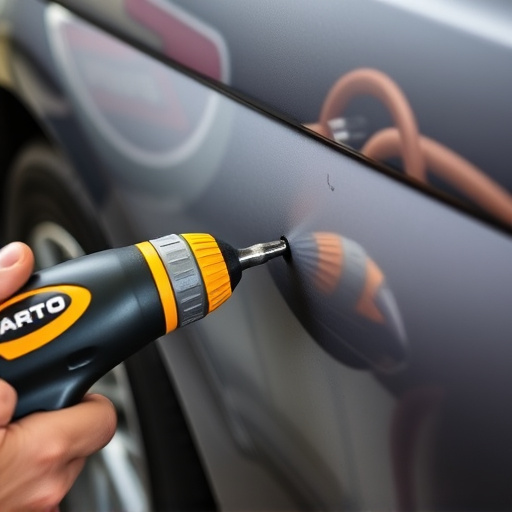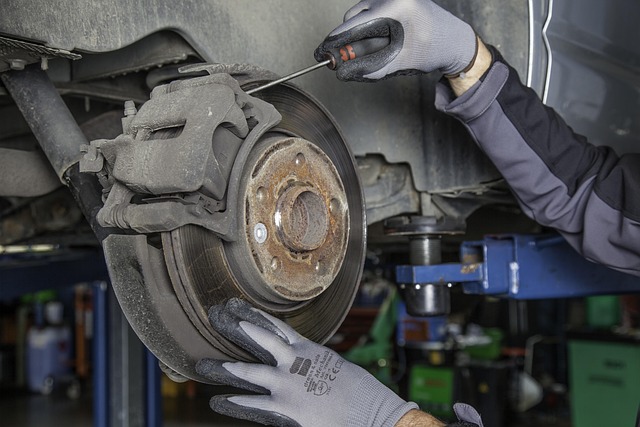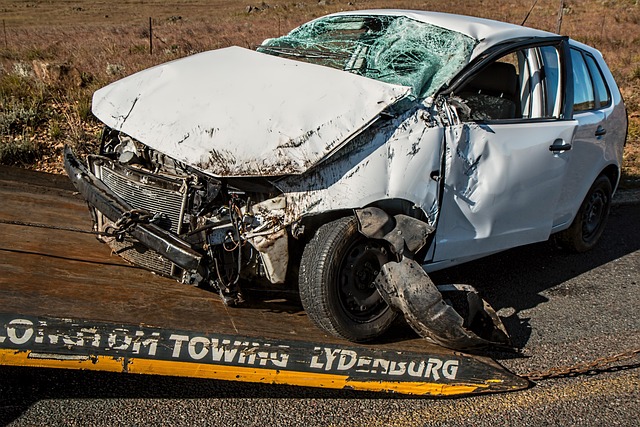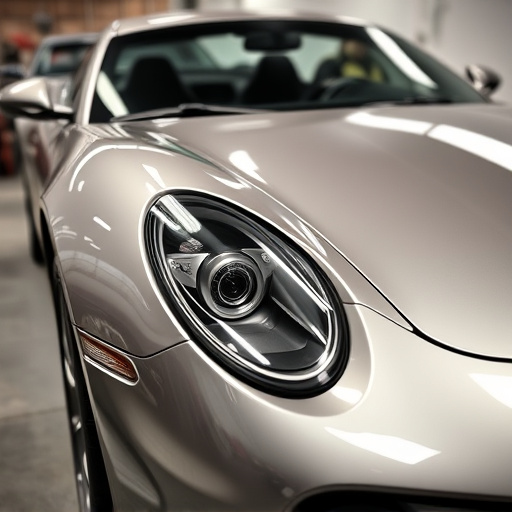A vehicle frame inspection uses advanced tools (frame pullers, laser measures, computer diagnostics) to assess a car's structural integrity, detecting damage or misalignments from accidents or wear. This crucial step ensures safety and guides efficient repairs, as the frame is vital for stability. Early detection allows for quick fixes like bodywork or innovative methods like paintless dent repair, preventing escalating issues. Inspectors carefully evaluate sills, crossmembers, rails, welds, and connections for damage, corrosion, or dents, impacting both safety and aesthetics in collision repair.
In today’s digital era, understanding the fundamentals of a vehicle frame inspection is paramount for safety and effective repairs. This crucial process assesses the structural integrity of a car, identifying damage or misalignments that might go unnoticed during routine checks. By delving into the key components, from welds to chassis components, you gain the knowledge to ensure your vehicle’s longevity and safety on the road. Learn about the significance and essential aspects of vehicle frame inspection for informed ownership.
- What is a Vehicle Frame Inspection?
- Why is it Crucial for Safety and Repairs?
- Key Components to Look For During a Frame Inspection
What is a Vehicle Frame Inspection?

A vehicle frame inspection is a critical process that involves assessing the structural integrity of a car’s frame and unibody components. It goes beyond a visual inspection, employing advanced tools to measure and analyze key dimensions, ensuring the safety and stability of the vehicle. This meticulous examination identifies any damage, misalignments, or deformities in the frame, which could be caused by accidents, crashes, or even normal wear and tear.
By utilizing specialized equipment such as frame pullers, laser measuring tools, and computer-aided diagnostics, trained technicians can accurately determine if a vehicle’s frame requires repairs. Unlike traditional auto frame repair methods that often involve extensive welding and straightening, modern approaches like paintless dent repair offer non-invasive solutions, preserving the original factory finish in an automotive body shop. This not only ensures better aesthetics but also saves time and costs for both customers and repair facilities.
Why is it Crucial for Safety and Repairs?

A vehicle frame inspection is a critical step in ensuring both safety and effective repairs. The frame, often referred to as the backbone of a car, plays a vital role in maintaining structural integrity during accidents or regular wear and tear. Any damage to this framework can have severe implications for a vehicle’s overall stability and performance.
During a thorough inspection, professionals identify potential issues like bends, twists, or cracks that might not be immediately visible. Early detection of such problems is essential as it allows for prompt repairs, including auto bodywork and fender repair, or innovative solutions like paintless dent repair. This proactive approach not only enhances safety but also prevents minor issues from escalating into costly and time-consuming major repairs down the line.
Key Components to Look For During a Frame Inspection
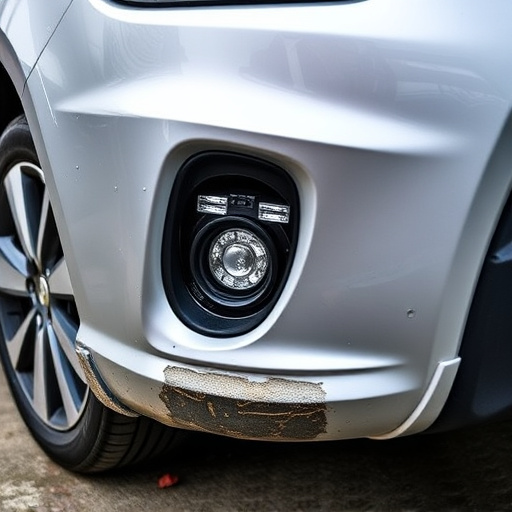
During a vehicle frame inspection, several key components must be carefully evaluated to ensure structural integrity and safety. The frame, serving as the backbone of the vehicle, is pivotal in maintaining overall stability and performance. Inspectors should assess the condition of the frame’s major parts, such as the sills, crossmembers, and rails. These elements bear the brunt of impact during collisions and must be free from significant dents, cracks, or signs of corrosion. Any damage can compromise the vehicle’s structural integrity and should be addressed promptly by a qualified collision repair center.
Additionally, checking the alignment and straightness of the frame is crucial. A bent or misaligned frame can affect steering, handling, and overall ride quality. This aspect is particularly important for vehicles that have undergone previous accident repairs, as past damage might not have been fully rectified. Moreover, examining the condition of the frame’s components related to auto body painting and restoration is essential. These include welds, bolt connections, and any signs of rust penetration, which can impact both the structural soundness and aesthetic appeal of a vehicle following collision repair.
A thorough understanding of vehicle frame inspection is essential for ensuring safety and effective repairs. By identifying key components and adhering to proper inspection techniques, mechanics can accurately assess structural damage, prevent future issues, and provide high-quality service. Regular frame inspections are a game-changer in maintaining the integrity of vehicles, ultimately saving time, money, and most importantly, safeguarding drivers and passengers.

